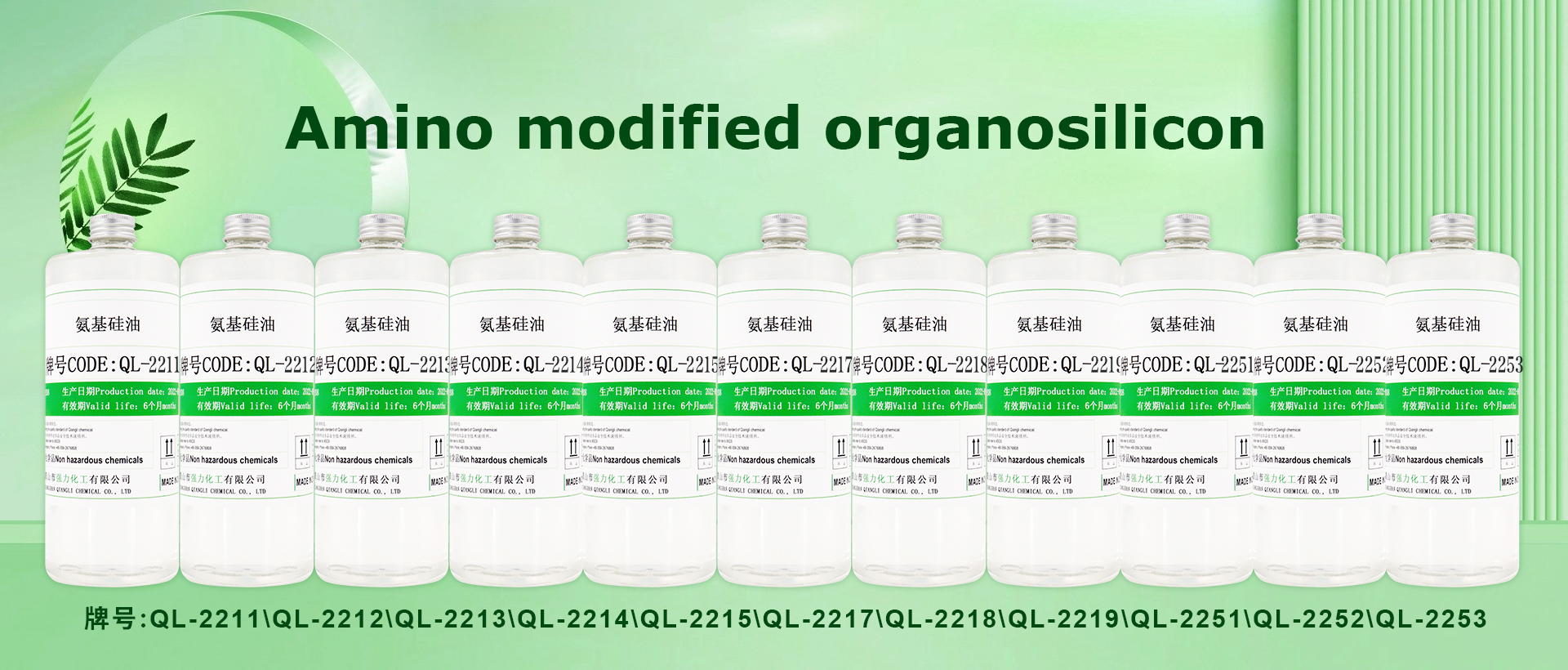
Recently, many customers have asked some questions about amino silicone oil, especially about the relationship between the molecular weight, viscosity and ammonia value of amino-modified silicone oil. The following is a detailed answer:
1. Definition of each parameter
Molecular weight:
Refers to the average mass of the polymer molecular chain (unit: Da). The molecular weight of amino-modified silicone oil is determined by the polymerization reaction conditions (such as monomer ratio, catalyst, reaction time), and directly affects its physical properties (such as viscosity and softness).
Viscosity:
A measure of the flow resistance of a liquid (unit: mPa・s). The viscosity of amino-modified silicone oil is positively correlated with the molecular weight, and is also affected by intermolecular forces (such as hydrogen bonds) and molecular structure (such as branching degree).
Ammonia value:
The content of amino groups per gram of sample (unit: mg KOH/g), reflecting the number of amino groups. The higher the ammonia value, the higher the amino content, which affects the polarity, reactivity and application performance of the product (such as softness and yellowing tendency).
(1) Relationship between molecular weight and viscosity
Positive correlation:
The larger the molecular weight, the longer the molecular chain, the greater the intermolecular friction, and the viscosity increases significantly. For example, low molecular weight silicone oil (such as 500 Da) has good fluidity, while high molecular weight silicone oil (such as 100,000 Da) is semi-solid.
Influence of amino groups:
The introduction of amino groups may enhance the intermolecular forces through hydrogen bonding, resulting in higher viscosity at the same molecular weight. For example, the viscosity of amino-modified silicone oil may be higher than that of ordinary silicone oil with the same molecular weight.
(2) Relationship between amino value and molecular weight
Interaction in synthesis:
As a reactive group, amino groups may participate in polymerization reactions (such as cross-linking or chain termination), resulting in a decrease in molecular weight. For example, a high amino value may correspond to a lower molecular weight, and the two need to be balanced by controlling the synthesis conditions.
(3) Relationship between amino value and viscosity
Hydrogen bonding enhances viscosity:
Amino groups (-NH₂) are prone to form hydrogen bonds, which increase intermolecular attraction and lead to increased viscosity. For example, for every 0.1 mmol/g increase in amino value, the viscosity may increase by 10%-20% (the specific range depends on the molecular structure).
Structural influence:
The position (such as side chain or end group) and type (primary amine, secondary amine, etc.) of amino groups will affect the strength of hydrogen bonds, thereby changing the viscosity. For example, primary amines (-NH₂) are easier to form hydrogen bonds than secondary amines (-NH-) and have higher viscosity.
3. Balance in practical applications
Textile industry:
High ammonia value (0.5-1.2 mmol/g) provides excellent softness and hygroscopicity, but may lead to high viscosity due to excessive hydrogen bonds, and the molecular weight needs to be controlled to maintain fluidity.
Low ammonia value (<0.3 mmol/g) is suitable for occasions requiring low yellowing, and the film-forming property can be improved by increasing the molecular weight.
Cosmetic industry:
Need to balance ammonia value (mildness) and viscosity (skin feel). For example, hair care products often use silicone oils with medium ammonia value (0.3-0.6 mmol/g) and medium molecular weight (50,000-100,000 Da), which take into account both softness and ductility.
Summary
Molecular weight is a basic parameter that directly determines viscosity;
Ammonia value indirectly affects viscosity through the hydrogen bonding of amino groups and may limit molecular weight;
The three need to be optimized according to the application scenario. For example, high softness requires high ammonia value and appropriate molecular weight, while low viscosity products require controlled ammonia value and molecular weight.




